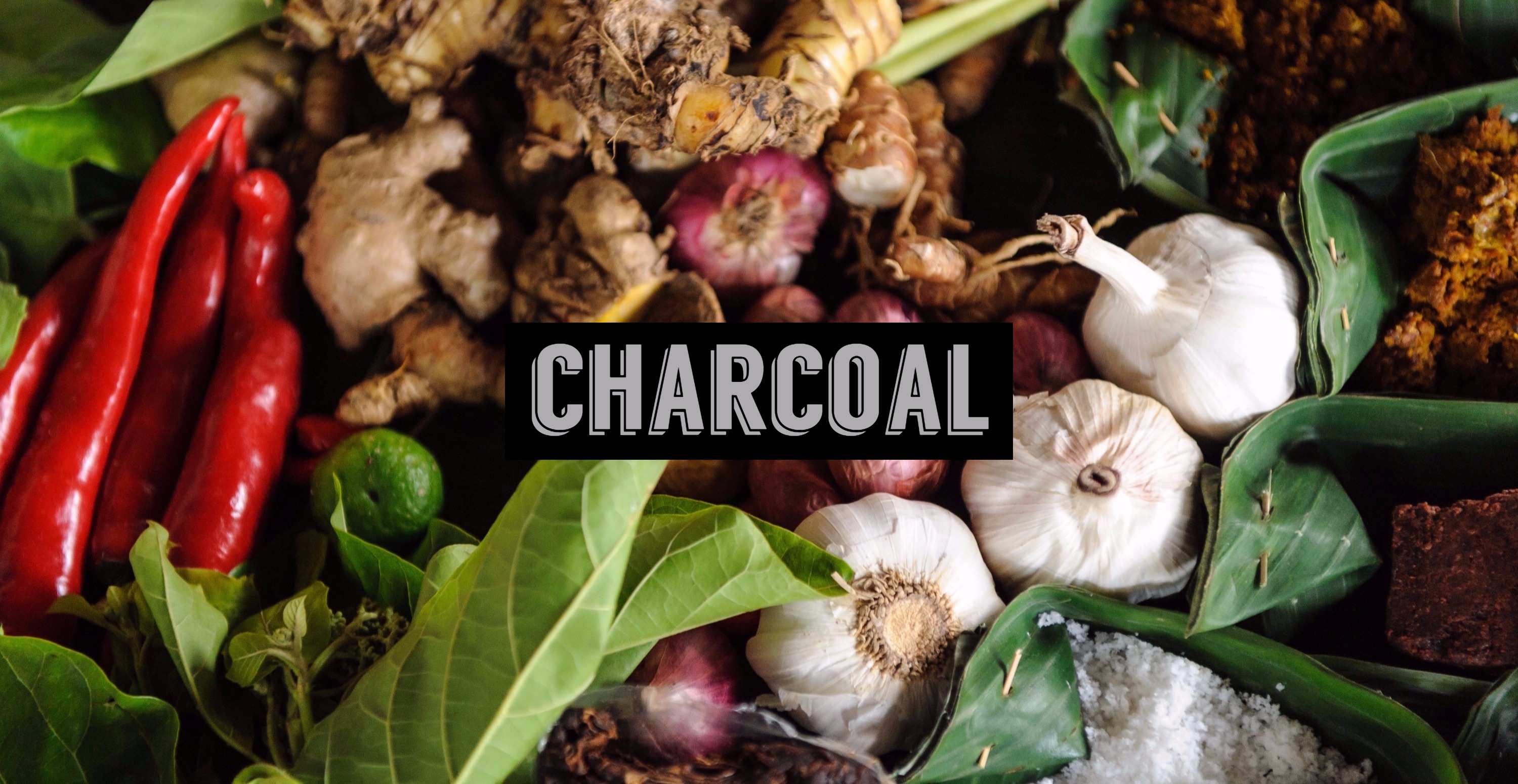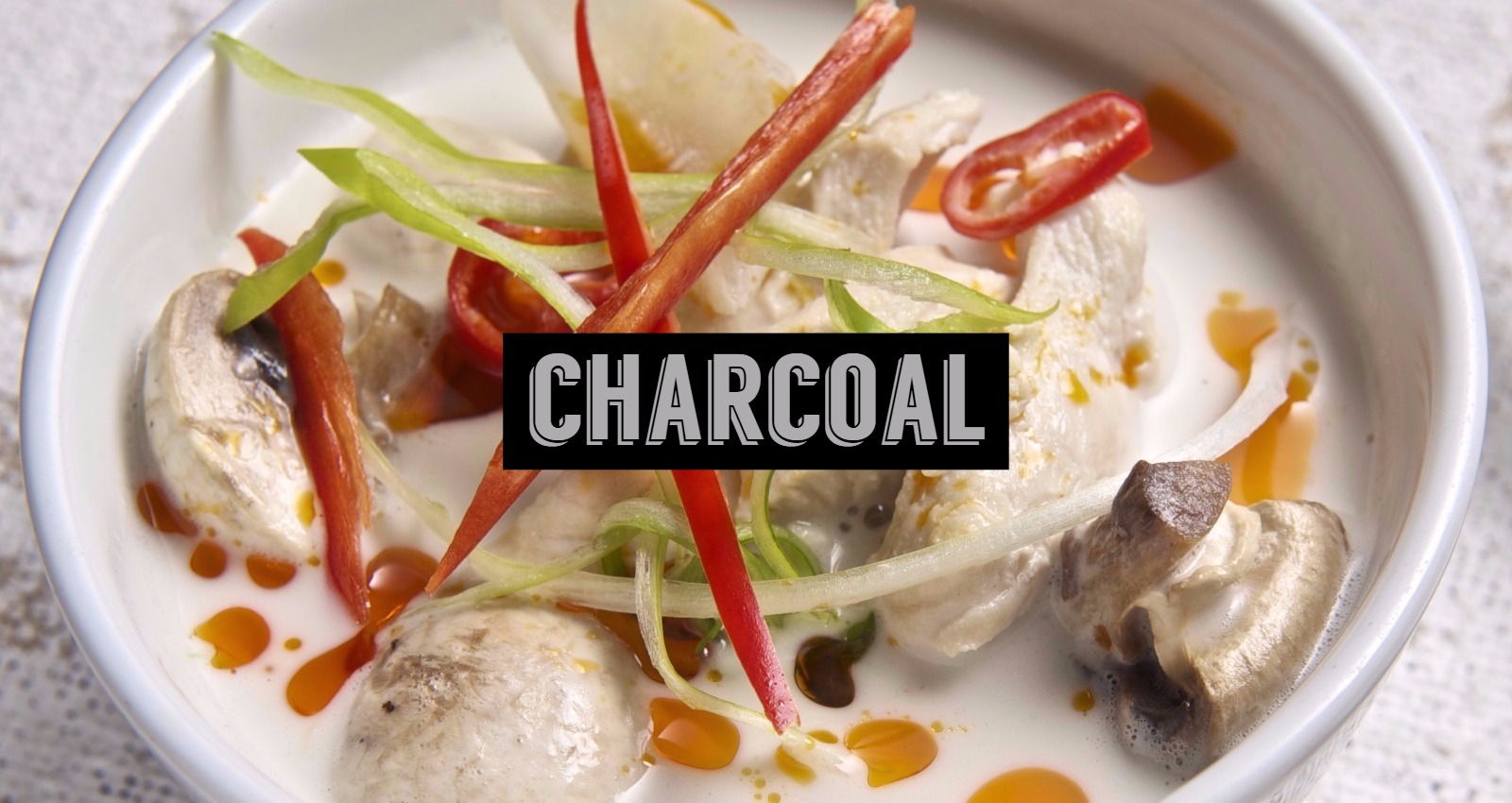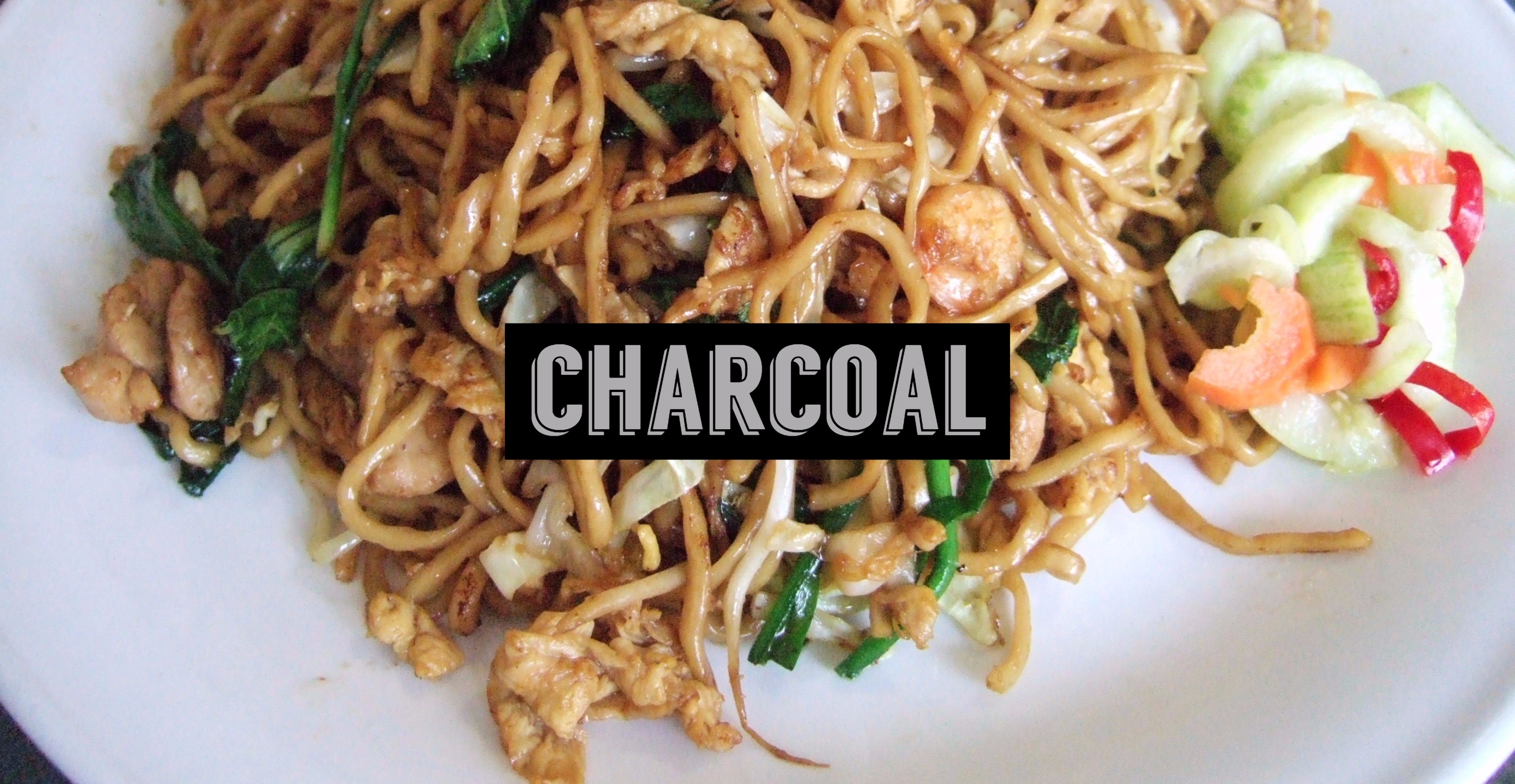Home
first parallax image
second parallax image
About
module content
The Republic of Indonesia consists of five large islands and thousands of smaller islands (about 6,000 of which are inhabited), with a total area of 1,919,440 square kilometers (741,100 square miles). The country's soil and climate support a number of agricultural crops, with sugar being the largest commercial crop. Indonesia is the world's third largest producer of coffee (after Brazil and Colombia), the the second-largest producer of palm oil (after Malaysia). Rice production increased during the 1980s and 1990s. Because of improved agricultural techniques, Indonesia now grows almost enough rice to meet the country's demands. However, the unrestricted use of fertilizers and pesticides has also resulted in significant damage to the environment.
third parallax image
module content
The combination of geographic and cultural diversity in Indonesia has resulted in one of the most unique cuisines in the world. Although meals are generally simple, the plentiful use of various roots, spices, grasses, and leaves adds zest to most dishes. The common use of the chili pepper may mislead some to believe that all Indonesian dishes are spicy and hot. On the contrary, the most widely used spices are coriander (which has a faint orange flavor), cumin, and ginger, all relatively mild spices. In addition, most Indonesian food is prepared with contrasting flavors, such as a spicy sweet or hot sauce served over a bed of plain white rice, a popular meal throughout the country.



Social